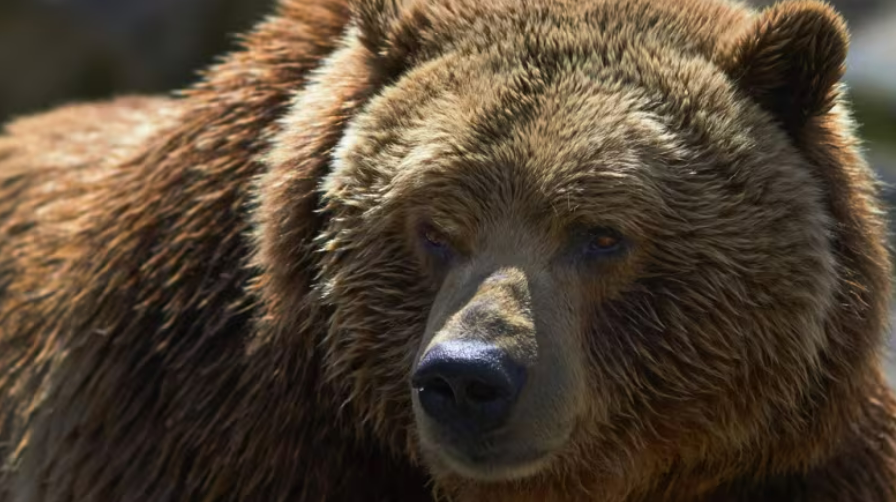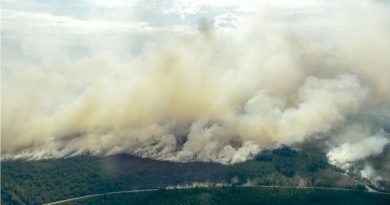As grizzlies and hybrid bears push north, N.W.T. harvesters look to protect caribou

Hunters and researchers say they’re seeing more and more grizzly bears and hybrid bears push north into Victoria Island and Banks Island in the Arctic, and they’re concerned about what that means for caribou.
David Kuptana says he first began to see grizzlies and grolar bears — grizzly-polar hybrids — around his Victoria Island home community of Ulukhaktok, N.W.T., in the late ’90s. In the decades since, they’ve become a more regular sight for people going out on the land.
“The numbers are still probably going up,” he said, noting hunters are seeing more and more grizzly tracks when they go out for caribou.
Kuptana said he’s hunted several grizzlies over the years, including a grolar bear.
He said the bears follow the caribou migration onto the island, and sometimes roam onto Banks Island as well. Between the bears and wolves, it puts pressure on caribou populations. The bears have been feeding on muskox as well.
In recent years, it’s prompted his community to hold predator hunts.
“The number of caribou went down, and we could see the carcasses of caribou from the wolf and the grizzlies,” he said. “We’re trying to see if we could do another [hunt] in order to try and keep our caribou healthy.”
Steve Baryluk, the regional biologist for the Beaufort Delta with the N.W.T. government, said they’ve been recording more grizzlies in the region each year. They’re also seeing female grizzlies with cubs, suggesting the bears have established themselves on Victoria Island.
“They’re pretty adaptable to a lot of different environments where they can make do with what they are able to find there,” he said.
“Habitats are changing over time — you’re seeing increasing shrubification happening further and further north, where there’s starting to be some shrubs and trees starting to grow in more northern areas where they haven’t been found before.”
Though more grizzlies have been spotted, Baryluk said the population isn’t yet large enough for there to be a lot of research on them. Researchers are, however, doing work on Victoria Island to determine what grizzlies are feeding on.
“There’s concerns that they may be targeting some of the caribou species that are under Species At Risk concerns at the moment, so we want to try to get a better handle on that,” he said.
Baryluk added they’ve genetically identified nine hybrid bears to date around Ulukhaktok, with the last one confirmed in 2020.
Kuptana said as the climate warms, he expects population numbers will continue to increase for grizzlies.
Right now, if hunters come across grizzly tracks, they try to hunt the animal, Kuptana said. But that comes with its own risks — grizzlies behave differently than polar bears, and people in his community have shared stories about getting attacked.
“They’re aggressive predators,” he said.
With files from Francis Tessier-Burns
Related stories from around the North:
Canada: Caribou concerns dominate hearing on Nunavut mine extension, CBC News
Russia: Mining comes to end in Nikel, Russia, The Independent Barents Observer
United States: Conservation groups sue government over Alaska mining road, The Associated Press



